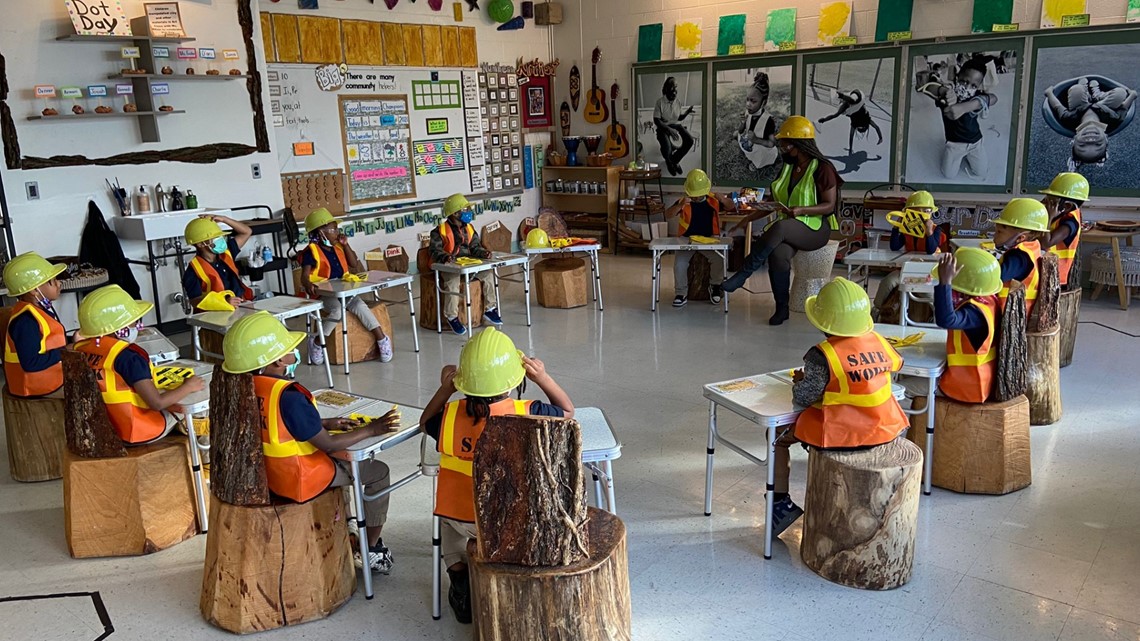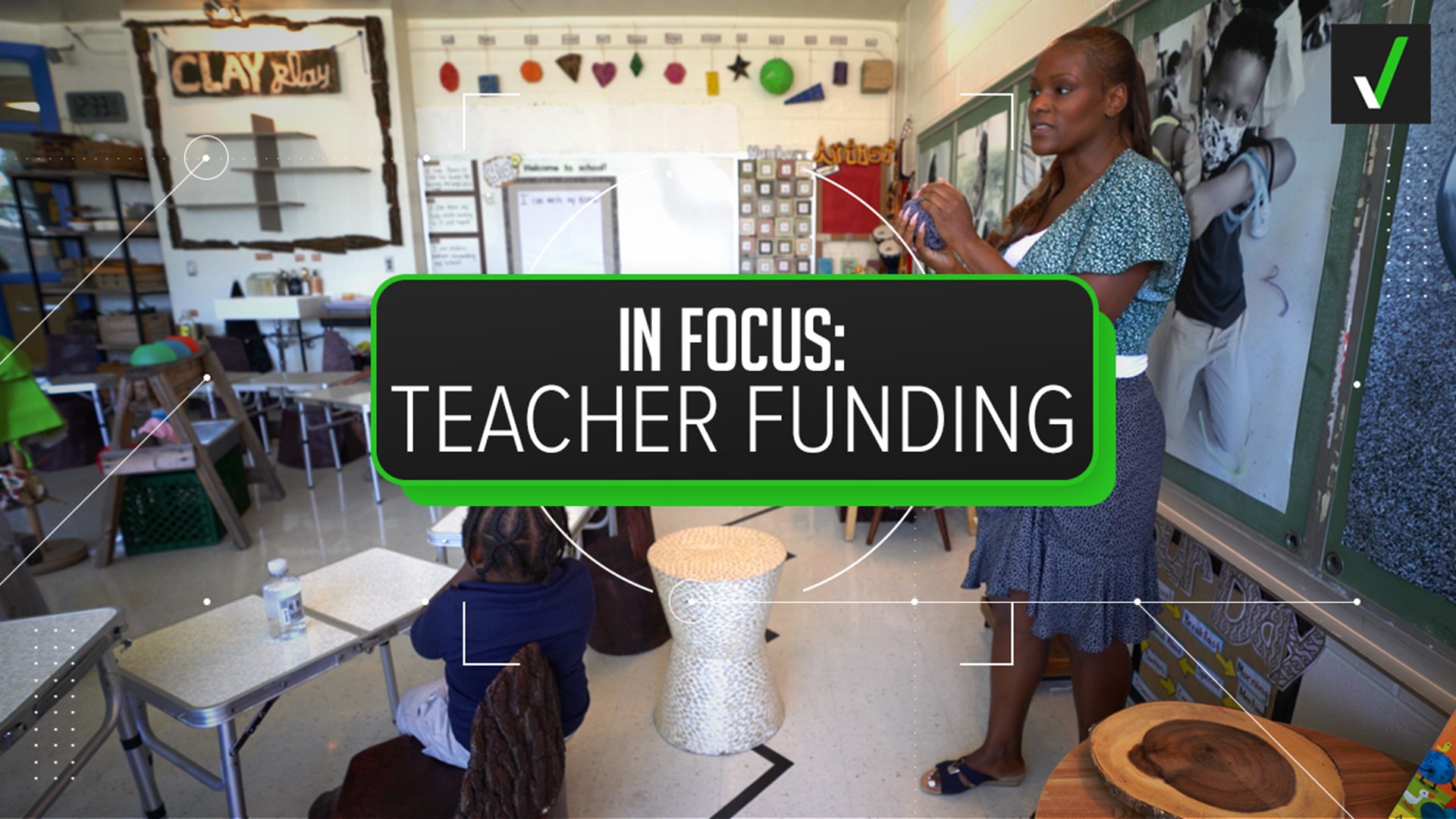Back-to-school season can get pretty pricey. In the 2022 school year, families with children in elementary through high school plan to spend an average of $864 on school supplies, up $167 from 2019, according to a National Retail Federation report.
But there are many classroom supplies beyond the basics that are not covered by parents or provided by the school. The burden of purchasing those items often falls on teachers, according to several posts on social media. Many of the posts claim that 94% of teachers have had to dip into their own pockets to buy school supplies.
THE QUESTION
Do 94% of teachers report paying for school supplies out of pocket?
THE SOURCES
THE ANSWER
Yes, at least 94% of teachers report paying for school supplies out of pocket.
WHAT WE FOUND
A 2015 Department of Education study that was revised in 2021 found that 94% of public school teachers use their own money to purchase school supplies. More recent studies show that the actual number may be higher.
AdoptAClassroom.org, a crowdsourcing classroom-funding website, found in a 2018 survey of 4,400 teachers that 96% of teachers purchase basic school supplies for their classrooms and for students whose families are unable to afford them.
A survey of teachers registered on DonorsChoose, another crowdsourcing classroom-funding site, showed that on average, teachers spend $750 per year on those supplies, a spokesperson told VERIFY.
Dominique Foster is a pre-kindergarten teacher at Friendship Blow-Pearce Elementary School in Washington D.C. and 2022 D.C. Teacher of the Year recipient. Foster sat down with VERIFY to talk about her experience paying for classroom supplies.
“I've never known a teacher who didn't spend money,” Foster said. “It absolutely is the norm. And sometimes, it is the expectation.”
Foster’s classroom includes stations for sensory play, science and discovery, creativity and imagination, and cooking.
Throughout her 20 years of teaching, Foster says she has spent tens of thousands of dollars of her own money making sure her students have the supplies they need to succeed. She prefers to call it an “investment” — one that she says is all too common in her profession.
“I used to somewhat be embarrassed by how much money I would spend for my classroom, because I've just always just been so passionate about creating a wonderful space and making the classroom really that third teacher,” Foster said.


Spokespeople for Charlotte-Mecklenburg Schools in North Carolina, Houston Independent School District in Texas, and the Washington state Office of Superintendent of Public Instruction (OSPI) told VERIFY that their school districts and state education departments fund basic supplies within the limitations of their budgets, which are often dictated by enrollment.
"The district gives teachers the necessary equipment/supplies for their classrooms. However, some teachers supplement supplies to enhance their lessons. They acquire these through personal purchases and donations,” Charlotte-Mecklenburg Schools spokesperson said.
Houston Independent School District, which is the largest public school district in Texas, told VERIFY “if teachers want or need other supplies that [the school's] budget does not support they often use options like Amazon's Wish List."
Foster says many teachers feel enormous pressure to teach at high levels while being underpaid and under-resourced. And that pressure usually pushes teachers to go out and find it or buy it themselves, she said.
In addition to the money Foster has spent out of pocket, she told VERIFY she has also received thousands in donations from both AdoptAClassroom.org and DonorsChoose. Investments that she hopes will leave a lasting impression on her students.
“If they take pride in their space, in their school, in their creations, in their work; if they see how much their families and their parents love where they go to school, love how they learn, I think that makes an impact and changes the trajectory of the rest of their lives,” Foster said.

